A Guide to Roll Center Correction for the Acura RSX.
What is a Roll Center?
There are many fantastic resources online that explain the concept of roll centers in depth so we will keep this brief. In very basic terms, the roll center is a point in space where the cornering forces on the tires are applied to the chassis. When a car goes around a corner, the centripetal force of the turning motion acts on the cars center of mass (COM) pulling the car outward. This force is counteracted by the tires pushing the car inward, in the direction of the roll center. Given that there is a vertical distance between the cars COM and roll center, these opposing forces create a moment on the chassis called the rolling moment. The rolling moment is what causes body roll as a car goes through a corner.
For MacPherson Strut suspension, the roll center can be found by first finding the instant center of the wheel. Drawing a line through the two pivot points of the lower control arm and another perpendicular to the strut. Where these two lines intersect is the instant center. Repeat this process for the other side and then draw two lines between the center of each tire’s contact patch and its corresponding instant center. The intersection of these last two lines is your car’s roll center. Assuming you have setup your car symmetrically, this line should fall on the centerline of the car.
Why Should You Care About a Roll Center?
Lowering a car, especially cars with MacPherson strut suspension like the RSX, will often lead to the roll center dropping considerably lower than the COM, creating a large rolling moment on the chassis. Without correcting the roll center, this roll will need to be controlled by increasing the roll stiffness with springs and anti-roll bars, reducing the compliance of the suspension. A lack of compliance in the suspension will significantly compromise the mechanical grip of the car. Additionally, many off the shelf dampers are not able to control the forces produced by the larger springs.
Properly tuning the roll center of a car introduces a level of geometric anti-roll which can be used to balance out the chassis front to rear just like springs and anti-roll bars. Slight adjustments in the roll center can be used to control understeer and oversteer characteristics of a car.
What is our goal?
In this article we will focus on the front roll center correction for the Acura RSX. The front roll center of the RSX is extremely sensitive to ride height drops. Lowering the car just over an inch will cause the roll center to fall below the ground plane, leading to undesirable handling characteristics. Additionally, thanks to the great work done by Honda, the rear roll center remains stable through the entire range of motion for the rear wheels. Because of this, a simple modification can be made to the front suspension to restore the geometric anti-roll balance of the car at lower ride heights.
So where should the roll center be? Just like any modification there are compromises to be made. A high roll center will create a low rolling moment through more geometric anti-roll. Unfortunately, a high roll center also leads to jacking, where the cornering forces cause the chassis to lift higher off the ground, increasing weight transfer to the outside tire. A low roll center can reduce the effects of jacking, but the larger rolling moment reduces roll stiffness, requiring stiffer springs and anti-roll bars to compensate.
In general, a roll center a few inches above the ground works well in most applications. However, because we are also concerned about front to rear balance, we will try to replicate the stock roll center, which should put us roughly where we want to be.
A fantastic analysis of the stock RSX suspension at all four corners has already been done by Kelvin Tse. You can find a link to the article here. I highly recommend reading through all 8 of his articles if you are serious about tuning the handling of your RSX. Kelvin’s research of the stock geometry gives us some great insight into the handling characteristics we are trying to recreate at lower ride heights.
How do we fix the roll center?
The easiest way to adjust the roll center is through an extended ball joint. As seen in the diagram below, these ball joints lower the outer pivot point of the lower control arm, raising the wheel’s instant center and in turn, the roll center. This pivot point extension is labeled as “h”.

Many off the shelf roll center correctors use roughly the same level of drop. Unfortunately, this one size fits all approach is not very useful for our tuning purposes. While they will be an improvement over stock, careful consideration must be made to ensure the ride height is at a reasonable level to match ball joint extension. Below is a graph to help guide these decisions. Each of the solid lines represents the roll center height over a range of wheel displacements for a variety of ball joint extensions. The dotted line is the ideal roll center height based off the stock geometry, maintaining balance front to rear.

For example, if your RSX is lowered 1 inch from stock, you would first identify the ideal roll center height for a 1-inch drop in ride height based on the dotted line. In this example, the ideal roll center height is about 2.4 inches. Looking at the solid lines now, we can see that a ball joint extension of 0.75 inches would place our roll center right around 2.4 inches above the ground at a 1-inch ride height drop. This ball joint extension will raise the roll center 2 inches from what it would be stock.
Conclusion
The roll center of a race car is an often overlooked tuning tool when setting up suspension characteristics. Geometric anti-roll has a massive impact on the car’s handling, allowing for more compliance in other areas of the suspension like the springs and anti-roll bars.
As with any suspension tuning tool, balance is key. In the case of the RSX, the geometric anti-roll balance front to rear is extremely sensitive to drops in ride height and is often seen as a major downfall of the car’s design. However, with some simple modifications, the RSX’s handling characteristics can be restored to the level of performance Honda intended it to have.
Whether you are looking to improve the handling of your stance car, wanting a little more performance on your weekend drives, or chasing lap times, we recommend the same formula as a starting point. Leave the rear suspension stock, other than a poor motion ratio, the rear suspension of the RSX has been designed extremely well by Honda and the handling characteristics are consistent along the entire wheel path. The front of the RSX however, needs to be modified. We recommend starting with a roll center correcting lower ball joint and working from there. The bump steer can also be tuned through the tie rod angles. Be careful when tuning bump steer and do not invert the tie rods. This can create more bump steer, negatively impacting the cars performance. Be on the look out for another article diving more into bump steer correction.

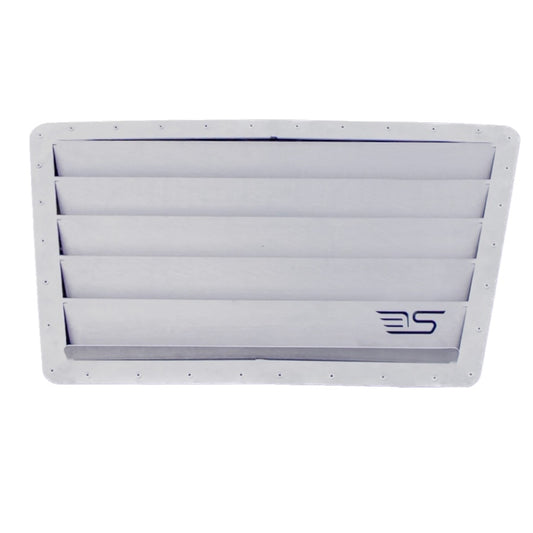
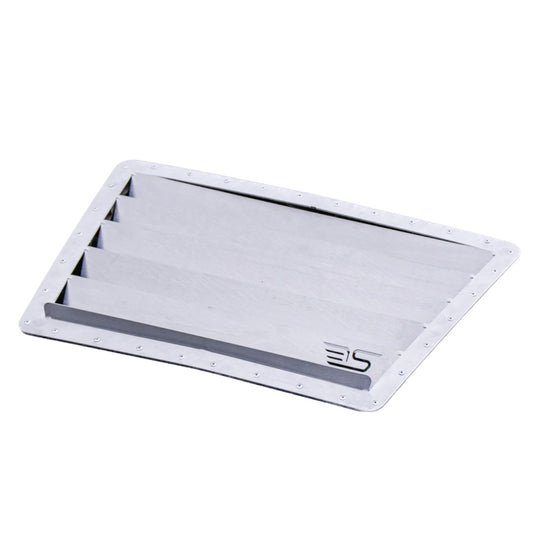
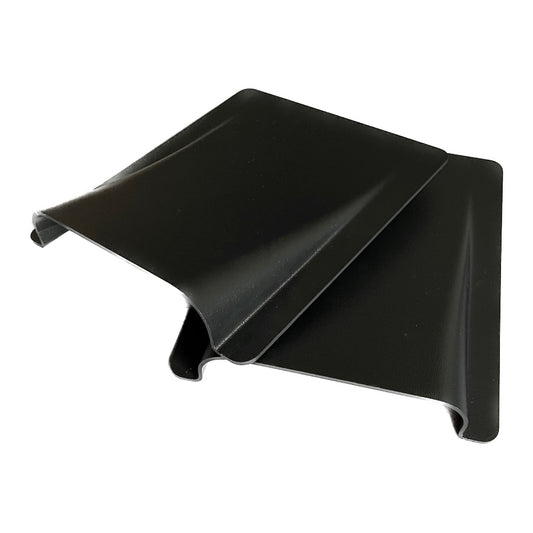
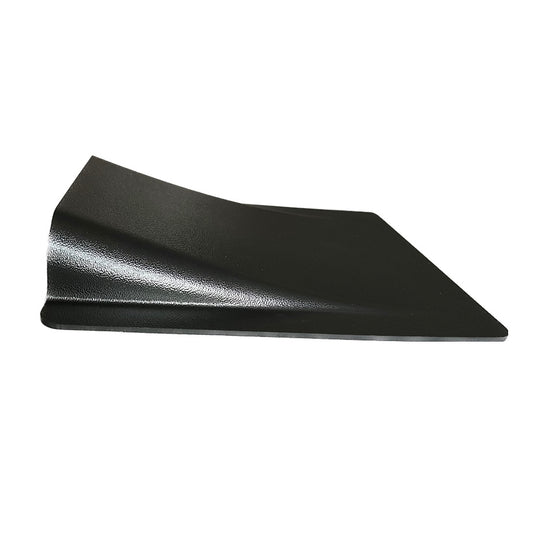
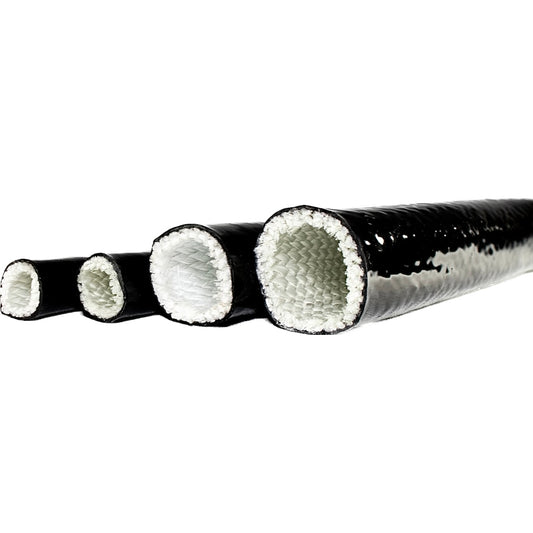
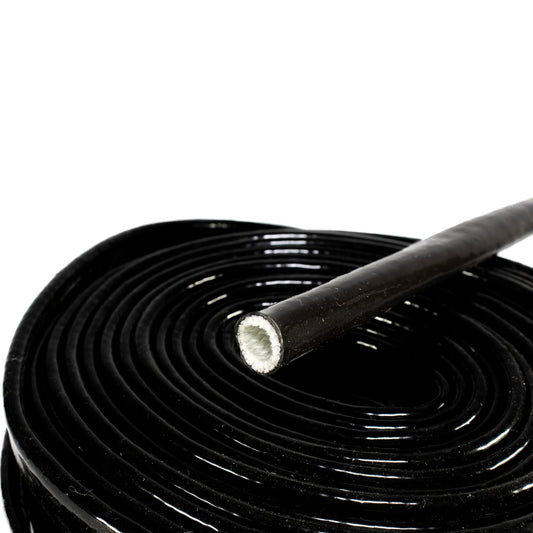
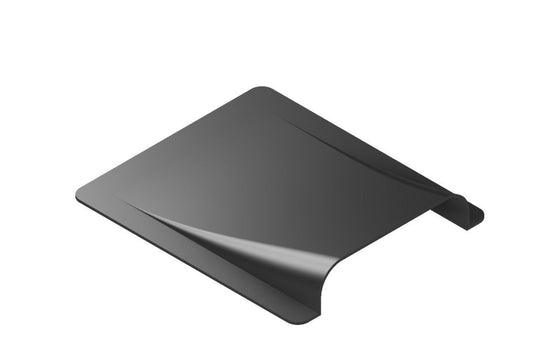
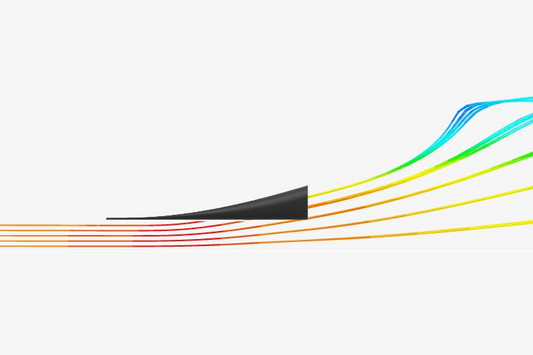
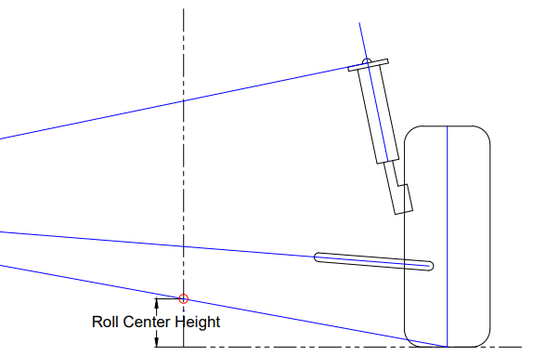
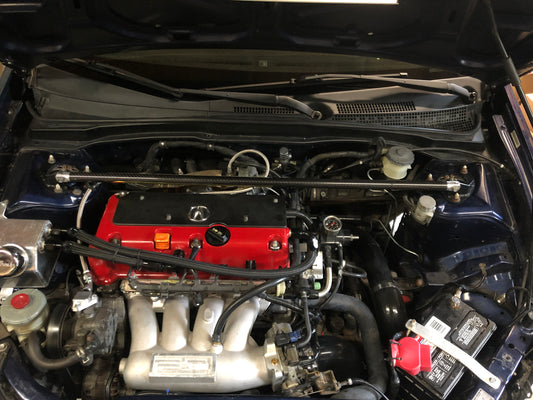
1 comment
I have a coilover set installed out of box at the factory set height so I do not know exactly how much the car was lowered. But I think these correction ball joints are needed since my car floats out of its steering path if road changes up or down the right way. Are there any other honda cars ball joints that can be used to get the proper size of the correction once we figure out that chart